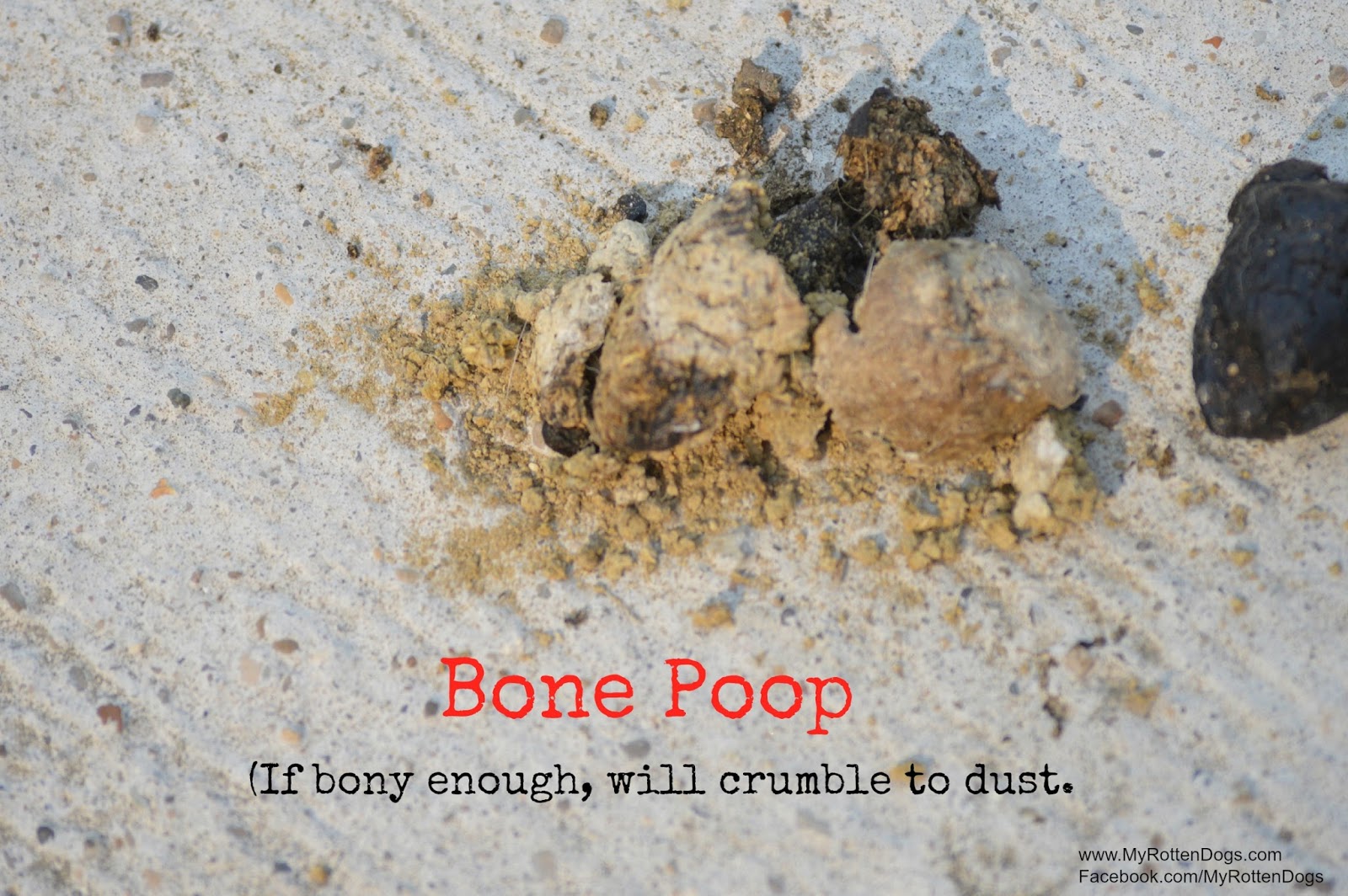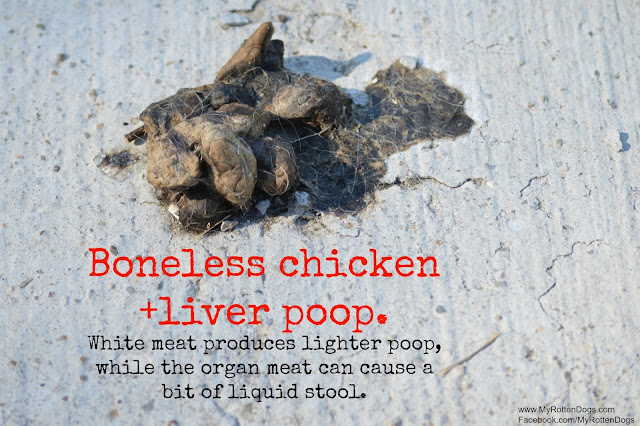


You might not be able to see it as it could also be just inside your pup’s rectum. Check your dog’s rear end to see if you can find an open wound. Ingesting a toxic substance, such as one of these from your garden.

This is especially true if a young puppy contracts the disease since they have weaker immune systems. Parvovirus (parvo), which attacks a dog’s digestive tract and can be deadly if left untreated.There are a number of underlying issues that could cause bloody stool in dogs, and what the issue could be is largely dependent on whether you are dealing with hematochezia (the brighter red blood in your dog’s poop) or melena (black tarry looking blood in your dog’s poop). Red or black-ish stool is a symptom, not a problem in and of itself. You can never be too careful when it comes to blood in your dog’s stool. If you even think that what you’re seeing is blood, call the vet. You can also use a paper towel to pick it up and see if any crimson appears against the white. Dark poop doesn’t always mean bloody poop, so look closely at the stool (sorry, we know!) and check to see if there’s a hint of red. This is called melena, and it indicates the presence of digested blood. Dark Red or Black Stoolīloody stool in dogs can also appear to be black and tar-like. The stool can be solid, loose, or diarrhea, but in any case, the stool looks like it’s bleeding. When there are streaks of bright red or crimson in your dog’s feces, it’s called hematochezia. However, there are two different sorts of bloody stool: bright red and very dark red (almost black). The appearance of blood in your dog’s poop is fairly easy to catch. Let us know and get started with healthy personalized meal plans!


 0 kommentar(er)
0 kommentar(er)
